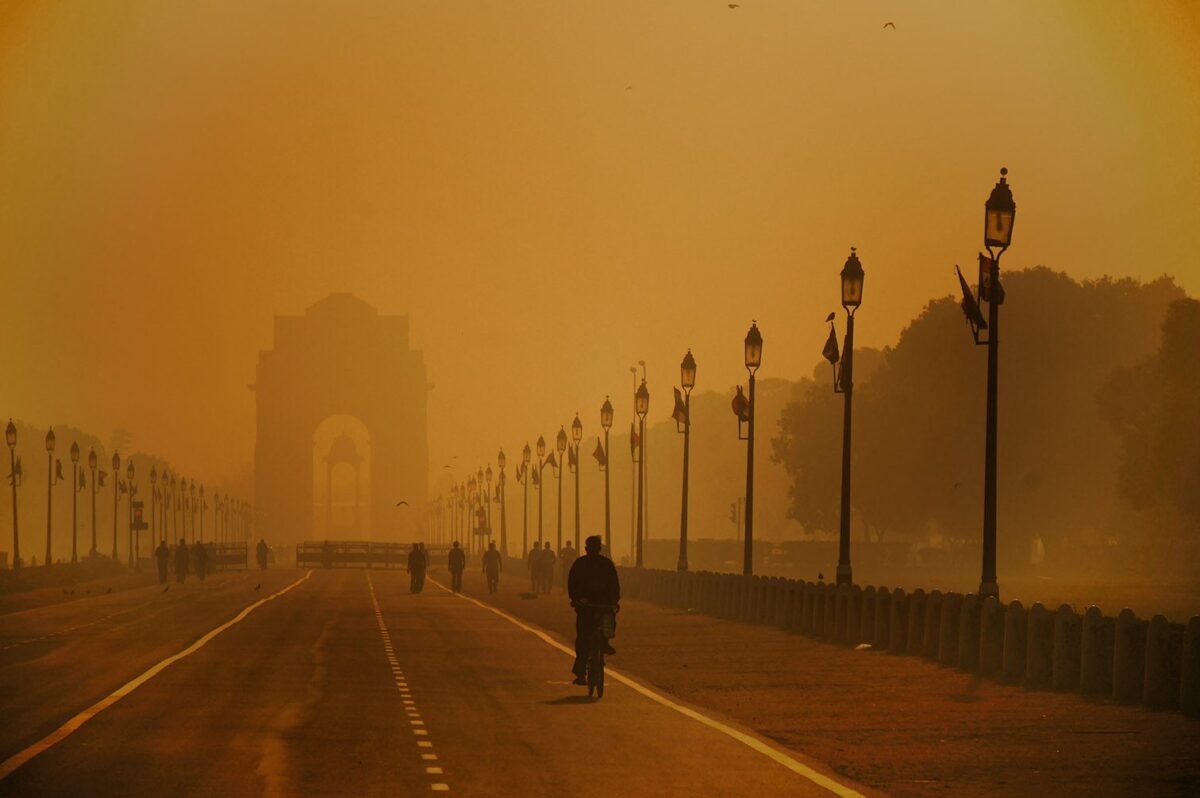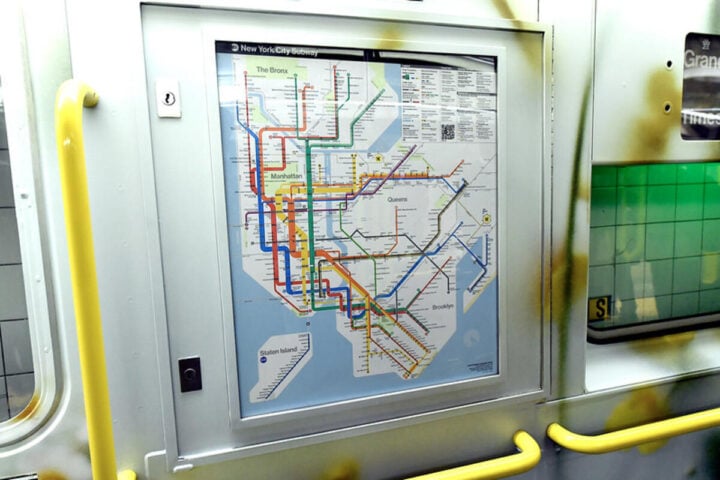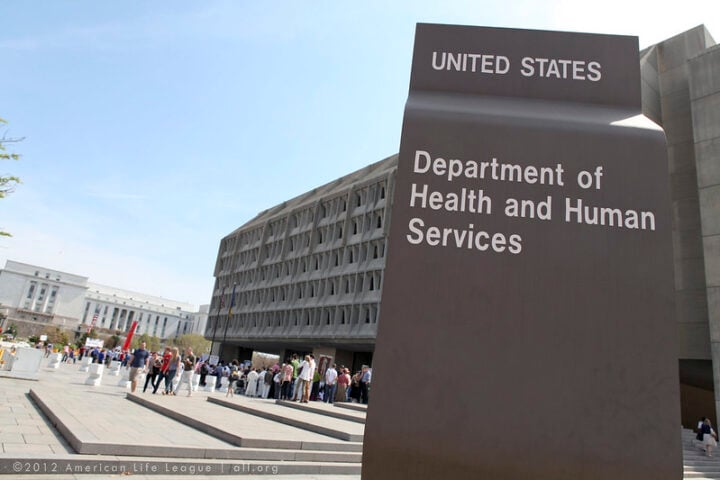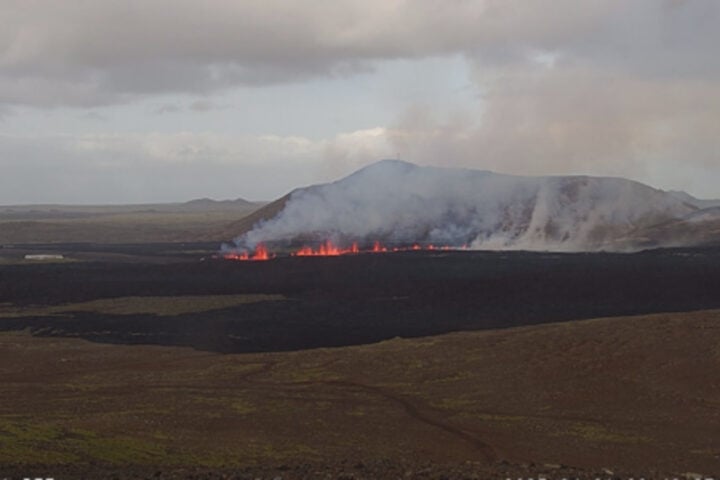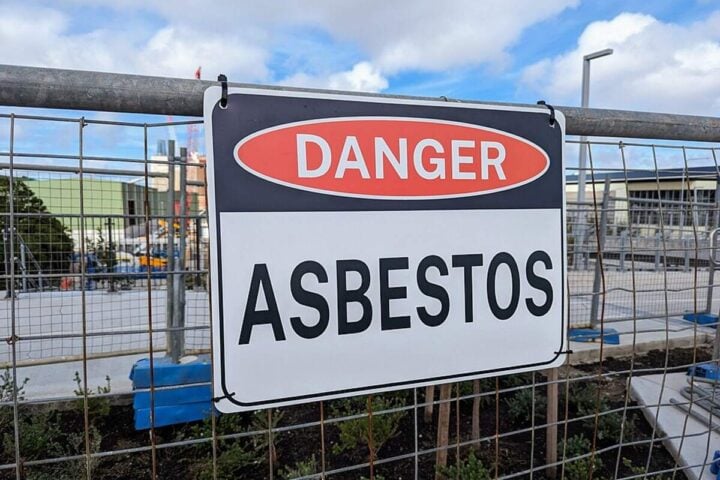Air pollution is a global concern that has worsened over the years and the recently released IQAir report 2021 bears testimony to it. Only 3% of cities and not one nation passed the newest World Health Organization (WHO) PM2.5 annual air quality standard, according to the 2021 World Air Quality Report. PM2.5 air pollution readings from air monitoring stations in 6,475 cities across 117 nations, are analysed in the paper. The analysis found that annual PM2.5 concentrations in 93 cities were more than ten times higher than the WHO PM2.5 standard. After modifying its standards last year, the WHO now advises that average yearly readings of microscopic and harmful airborne particles known as PM2.5 should be no more than 5 micrograms per cubic metre, claiming that even low concentrations pose substantial health hazards. The data for this report came from the IQAir real-time online air quality monitoring platform.
Indians are exposed to an average of 83.2 g/cubic metres of PM2.5 particles, compared to a far lower level of merely 8 g/cubic metres in cleaner countries. When microscopic PM 2.5 particles go deep into lung tissue and as far as the alveoli, poor air quality has a significant impact on the human respiratory system. They can then move through bodily tissue and even into the heart. Polluted air causes a reduction in lung capacity, sore throats, coughs, weariness, lung cancer, and headaches.
Delhi according to the report was the most polluted capital city in the world followed by Dhaka in 2nd position and a higher altitude city like Kathmandu stands on 6th spot. This list is made up of the regional capitals hence we see cities from various nations and no repeats from a single nation. It would be interesting to see an unconditional top polluted cities list. Asian countries like Bangladesh, Chad, Pakistan, Tajikistan, India, Oman, Kyrgyzstan, Bahrain, Iraq, Nepal were the top ten countries/regions polluting the environment according to the IQAir report. The Indian Subcontinent remains to be the most polluted region considering 4 out of 7 fall in the top 10. Out of which; Bhutan, the Himalayan nation and island nations of Srilanka & Maldives make up the leftover three.
Governments have been urged to take stronger steps to control pollution. The Indian government launched the National Clean Air Program (NCAP) to control air pollution. Their goal is to lower air pollution levels in over 122 of the world’s worst polluted cities by 20-30% by 2024. Implementation of health risk messaging programmes, an increase in the number of monitoring stations, and greater management of industrial emissions are among the actions being done in New Delhi, Ahmedabad, and Pune. Sulphur dioxide (SO2), nitrogen oxides (both NO2 and NO), PM10 particles, and suspended particulate matter are also regularly monitored by NCAP (SMP). These are monitored at 308 sites across 25 states and four territories, in 115 towns and cities. However, Indian air quality was listed in the top five most polluted countries in 2021. In 2021, India had 11 of the top 15 most polluted cities in Central and South Asia. PM2.5 concentrations in Delhi increased by 14.6 per cent in 2021, climbing to 96.4 g/m3 from 84 g/m3 in 2020. In India, no city reached the WHO air quality standard of 5 g/m3. In 2021, 48 per cent of India’s cities had pollution levels of more than 50 g/m3, which is more than ten times the WHO standard. East Asian, Southeast Asian, and South Asian countries and regions had the highest annual average PM2.5 concentrations weighted by population. Notably, only 13 of Africa’s 54 nations had appropriate public air quality monitoring data, resulting in the majority of countries being shaded grey. Furthermore, the region of Latin America and the Caribbean lacks adequate supervision. In 2021, both the US and Canada’s air quality monitoring networks expanded, as did emissions in both countries. In 2021, 96 per cent of cities in the United States and Canada failed to meet the WHO annual PM2.5 limit of 5 g/m3, despite the fact that those cities accounted for more than 98 per cent of the region’s population.
The IQAir report suggests that governments do Adopt laws to encourage the use of clean air vehicles for both personal and commercial use. Invest in alternative energy sources, such as wind and solar power. Provide financial incentives to reduce the usage of internal combustion engines, such as trade-in programmes. Subsidies should be made available to encourage the usage of battery and human-powered vehicles. Increase the amount of infrastructure available to facilitate pedestrian and bicycle activity and strengthen and enforce car and industrial emission restrictions to control pollution in a country. The IQ Air report suggests individuals support local and national projects, ideas, actions, organisations, and politicians who are working to improve air quality. Contact your political officials to express your support for and encouragement of air quality activism.
